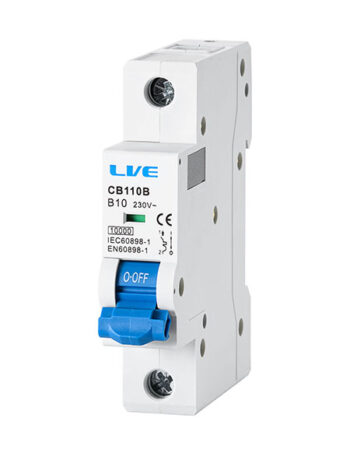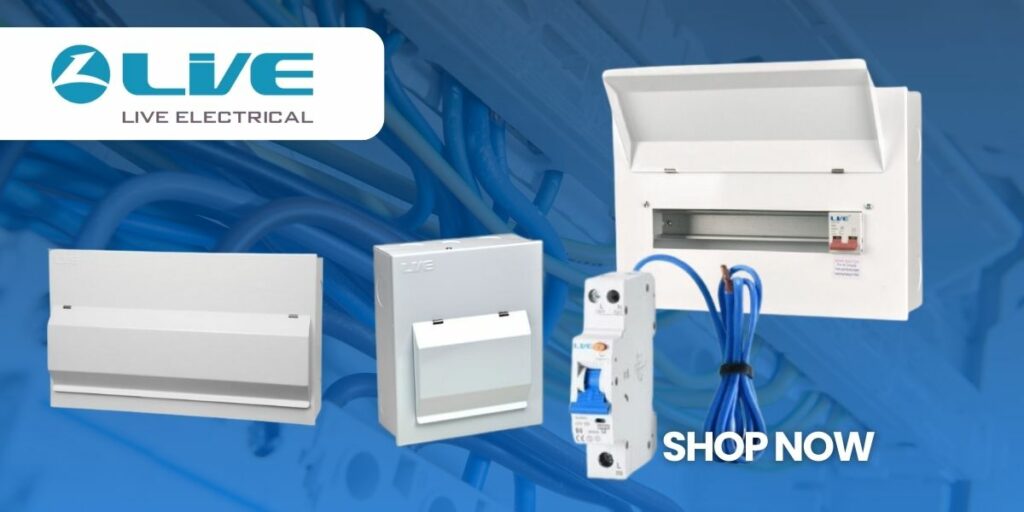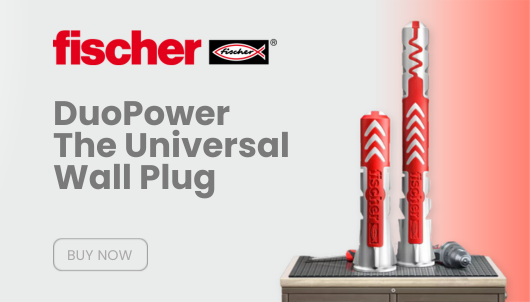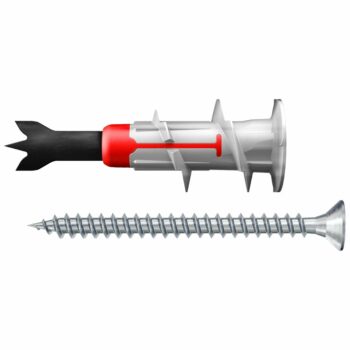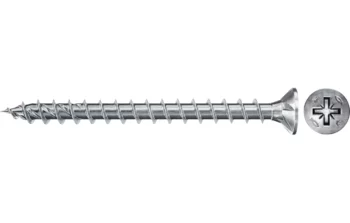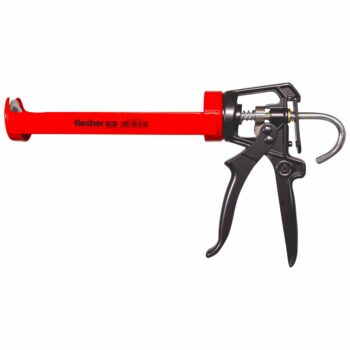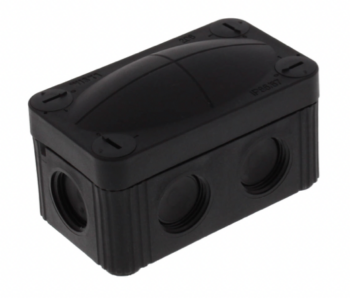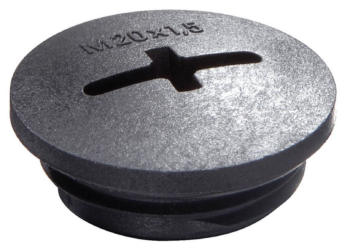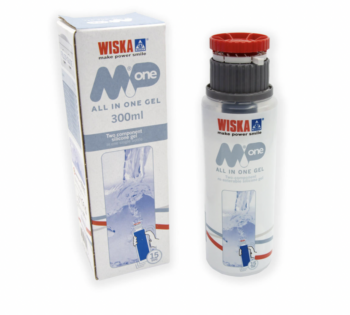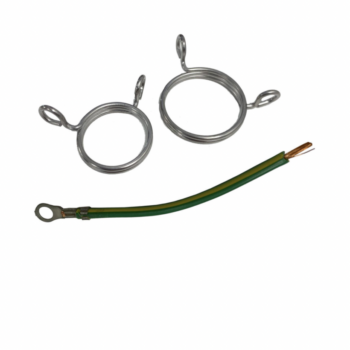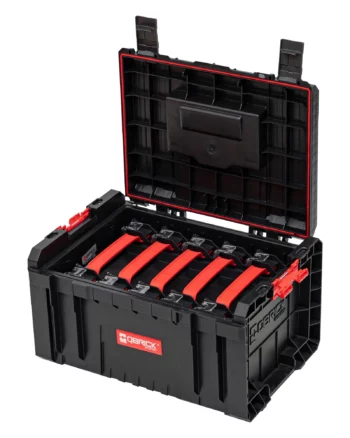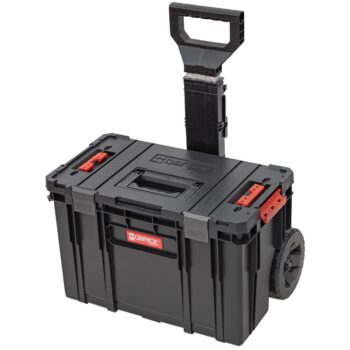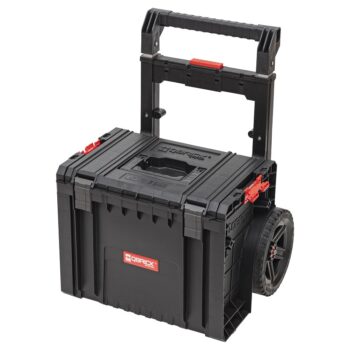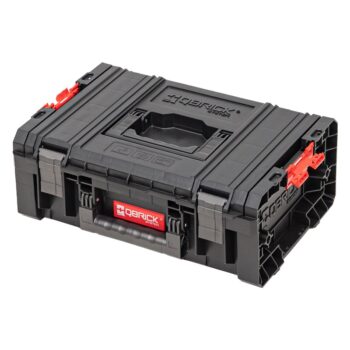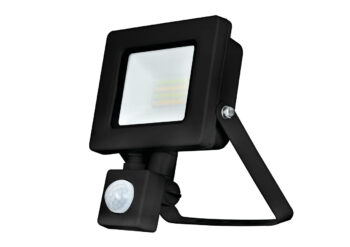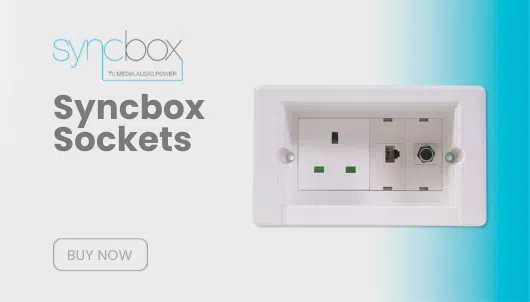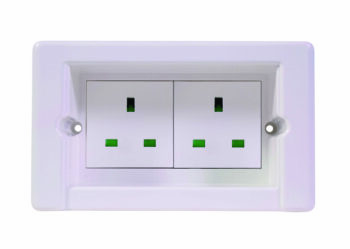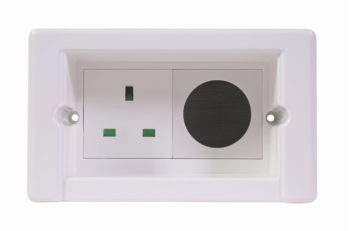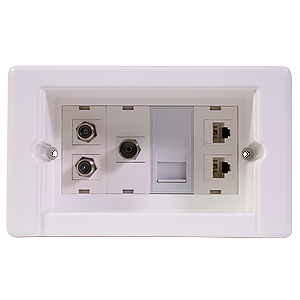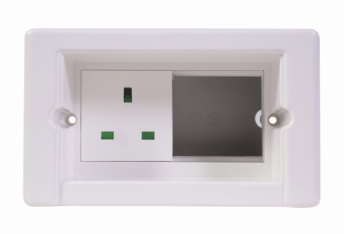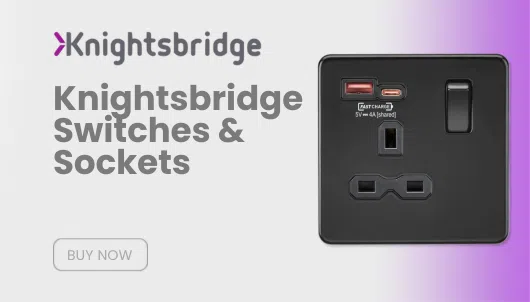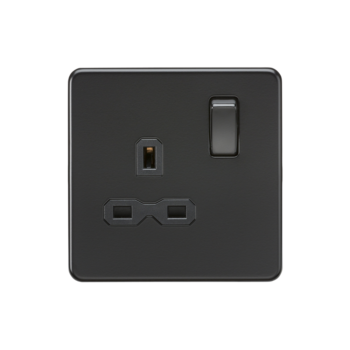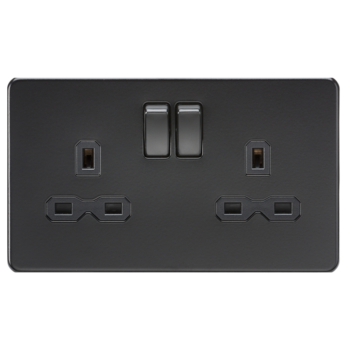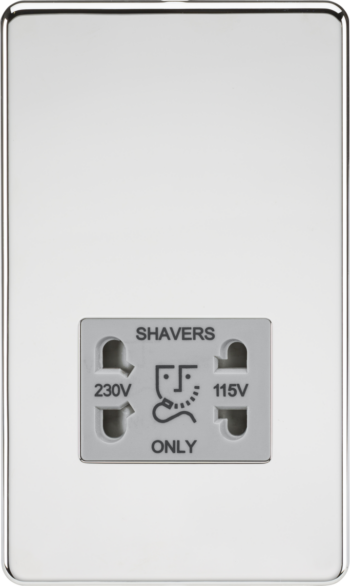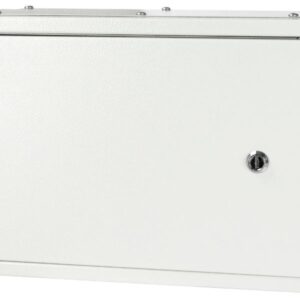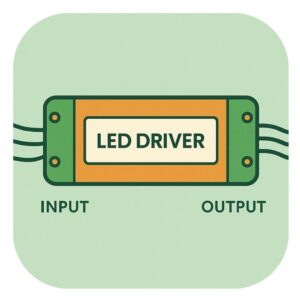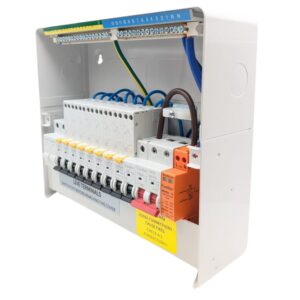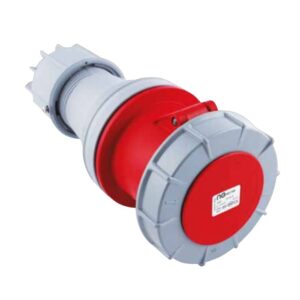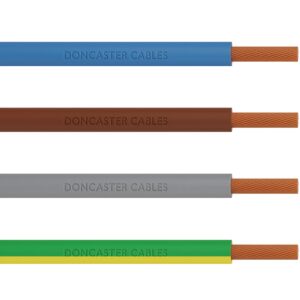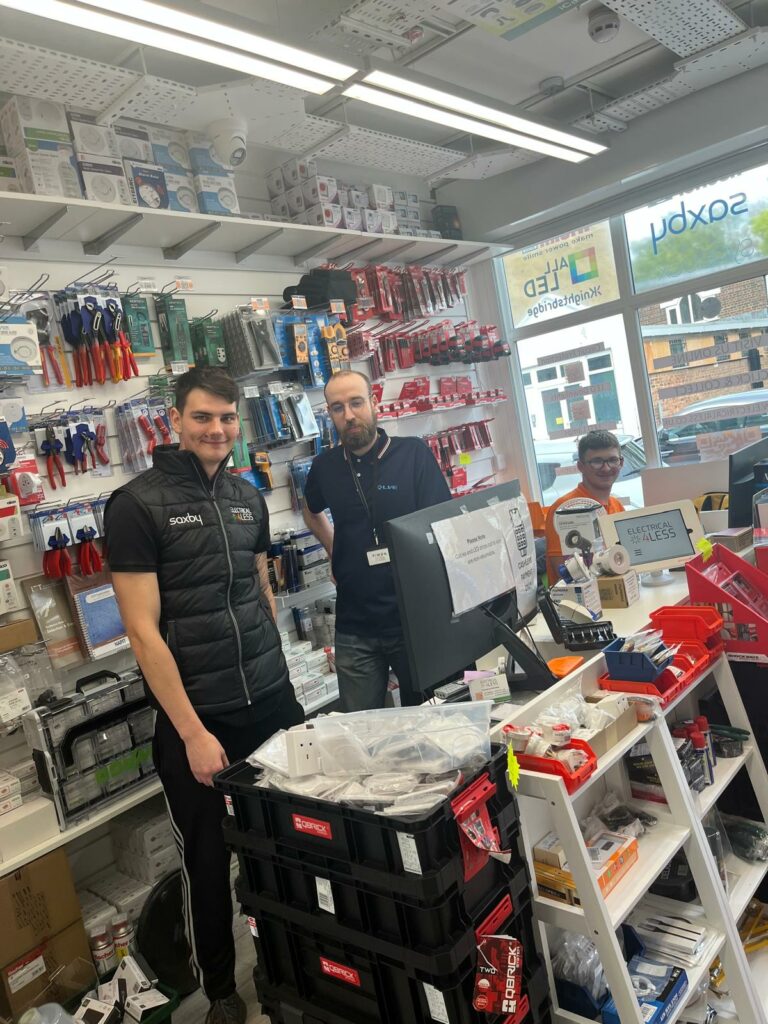Complete Guide to Live Miniature Circuit Breakers
Introduction to Live Electrical MCBs
In a world where electrical safety is paramount, Miniature Circuit Breakers (MCBs) stand as the first line of defense against electrical overloads and short circuits. Whether it’s in a home, a business, or an industrial setting, a Live Electrical MCB is an essential component that keeps people and property safe by cutting off electrical flow before damage occurs. This guide will cover everything you need to know about MCBs, including their function, types, installation tips, and why selecting the right curve type—whether B, C, or D—is so important.
This article is crafted to be the ultimate resource on Live Electrical MCBs, exploring technical aspects without losing readability. Whether you’re a professional electrician or simply interested in home safety, this guide has you covered.
Table of contents
- Complete Guide to Live Miniature Circuit Breakers
- Introduction to Live Electrical MCBs
- What is an MCB? An Overview
- Why Choose a Live Electrical MCB?
- How Does a Live Electrical MCB Work?
- MCB Curve Types: B, C, and D Explained
- Live Electrical MCBs and Live Consumer Units
- Benefits of Installing a Live Electrical MCB
- UK Regulations on MCBs
- How to Install a Live Electrical MCB
- Common Myths and Misunderstandings About MCBs
- Conclusion: Why a Live Electrical MCB is Essential
- FAQ Section
What is an MCB? An Overview
What Is a Miniature Circuit Breaker?
A Miniature Circuit Breaker (MCB) is an automatic electrical switch designed to protect an electrical circuit from damage caused by overloads or short circuits. Unlike a traditional fuse, which blows out and must be replaced, an MCB simply trips off, and can be easily reset once the problem has been resolved. The MCB ensures that electrical faults don’t cause damage to appliances, wiring, or worse—fires or electrical shocks.
In a modern consumer unit, MCBs are often used alongside other protective devices, providing a layered defense system. The Live Electrical MCB stands out for its reliability and efficiency, ensuring protection in both residential and commercial applications.
The Advantages of MCBs Over Fuses
MCBs are an upgrade over traditional fuses, offering faster response times and the convenience of being resettable. When an electrical overload or fault is detected, the MCB trips instantly, interrupting the circuit and safeguarding against overheating and potential fires.
Why Choose a Live Electrical MCB?
Reliability Meets Innovation
The Live Electrical MCB range is crafted with precision engineering and tested for durability. These MCBs are designed for seamless integration into Live Consumer Units, providing peace of mind that the circuit is fully protected. Live Electrical MCBs are built with high-quality materials and advanced trip mechanisms that respond quickly to faults, making them suitable for demanding environments.
Exceptional Safety Standards
With a Live Electrical MCB, you are investing in a product that meets rigorous industry standards, offering both safety and durability. This is crucial for homeowners, as well as commercial and industrial applications where electrical faults could lead to significant safety hazards and costly damage.
How Does a Live Electrical MCB Work?
Mechanism of an MCB
An MCB functions through two key mechanisms:
- Thermal Mechanism: This part of the MCB responds to overloads. It uses a bimetallic strip that bends when exposed to excessive current over a period of time. If the overload persists, the strip bends far enough to trip the circuit.
- Magnetic Mechanism: This is triggered in the case of a short circuit, where current surges quickly. The magnetic mechanism activates an electromagnetic release, instantly cutting off the circuit and stopping the flow of electricity.
The combination of these two mechanisms ensures that the MCB reacts appropriately to different kinds of faults, making it highly effective at preventing both short-term and prolonged issues.
MCB Curve Types: B, C, and D Explained
Understanding the Curve Types
One of the key considerations when selecting a Live Electrical MCB is the trip curve, which determines the level of current that will cause the MCB to trip. Each curve type has specific applications based on how quickly it needs to react to certain current loads.
- Type B CurveType B MCBs trip when the current reaches 3-5 times the rated current. These are most commonly used in residential settings where the typical loads are lower, such as lighting or small appliances.
- Type C CurveType C MCBs trip when the current is 5-10 times the rated current. These are suitable for environments with higher inductive loads like motors, compressors, and transformers. Type C MCBs are often found in commercial and light industrial settings.
- Type D CurveType D MCBs trip at 10-20 times the rated current, making them ideal for high-inductance circuits. This includes large industrial machinery or motors that require a greater initial current surge without tripping.

Choosing the Right Curve Type
Selecting the appropriate curve type for a Live Electrical MCB is essential for both safety and efficiency. For most residential applications, a Type B MCB is sufficient. However, in settings with larger equipment or specialized industrial environments, Type C or D might be necessary to avoid nuisance tripping.
Live Electrical MCBs and Live Consumer Units
Why Compatibility Matters
The Live Consumer Unit is designed to house MCBs, Residual Current Devices (RCDs), and other protective equipment. Live Electrical MCBs are specifically engineered to fit seamlessly into Live Consumer Units, creating a cohesive and reliable system that ensures optimal protection.
Simplified Installation and Maintenance
With compatibility in mind, Live Electrical products allow for straightforward installation, and routine maintenance becomes simpler as well. Electricians can easily add or replace MCBs within the unit, ensuring that the protective system is always up-to-date.
Benefits of Installing a Live Electrical MCB
Protecting Appliances and Reducing Costs
One of the primary benefits of installing a Live Electrical MCB is its ability to prevent damage to costly appliances and electronics. By tripping the circuit before damage can occur, the MCB saves you from repair and replacement costs.
Ensuring Safety in Residential and Commercial Spaces
Electrical fires and shock hazards are serious risks. With a reliable MCB in place, you are protecting both lives and property from potential dangers. This level of safety is especially important in commercial buildings where liability and risk are higher.
UK Regulations on MCBs
Compliance with BS 7671 – 18th Edition Wiring Regulations
In the UK, MCBs are regulated under the BS 7671 – 18th Edition Wiring Regulations. These regulations set out the standards for installing and maintaining electrical circuits, specifying that MCBs should be used where circuit protection is required.
Building Compliance and Future Standards
Using compliant Live Electrical MCBs ensures that both residential and commercial buildings meet legal safety requirements. Staying ahead of evolving standards can also save time and costs related to future upgrades or regulatory changes.
How to Install a Live Electrical MCB
Step-by-Step Guide to Installation
- Select the Appropriate Curve Type: Based on the circuit load requirements, choose either a B, C, or D curve MCB.
- Turn Off Power: Always ensure the main power is off to avoid hazards.
- Fit the MCB into the Live Consumer Unit: Insert the MCB into the designated slot, connecting it to both the live and neutral bars.
- Secure and Test: After installation, secure the MCB and perform a test to ensure proper functioning.
Note: Installation should always be performed by a licensed electrician.
Common Myths and Misunderstandings About MCBs
- Myth #1: MCBs and Fuses Are the SameReality: While they both protect circuits, MCBs are more advanced and reusable.
- Myth #2: MCBs Only Protect Against OverloadsReality: MCBs protect against both overloads and short circuits.
- Myth #3: All MCBs Are InterchangeableReality: Each type has a specific application, and selecting the wrong one can lead to frequent trips or insufficient protection.
Conclusion: Why a Live Electrical MCB is Essential
Investing in a Live Electrical MCB provides a robust, reliable, and compliant solution for electrical safety. Whether protecting household appliances or large industrial systems, an MCB offers peace of mind and essential protection against the dangers of electrical faults.
See the full range of these products here!
FAQ Section
MCB stands for Miniature Circuit Breaker.
It trips the circuit during overloads or short circuits to prevent damage.
An MCB protects against overloads and short circuits, while an RCD (Residual Current Device) protects against electric shocks by detecting leakage currents.
The curve type determines how quickly the MCB will trip at different current levels, making it essential for matching the MCB to specific circuit loads and reducing nuisance trips.
Frequent tripping can be due to overloading, faulty appliances, or an incorrect curve rating. It’s important to assess the cause with a qualified electrician.

